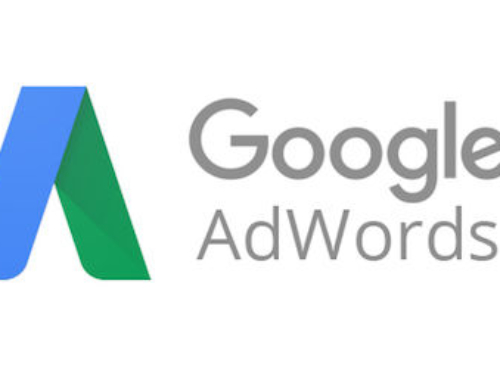In an earlier blog post we touched on marketing KPIs in general and looked at digital marketing KPIs, more specifically. With this post we’ll sharpen our focus a little further and talk about KPIs for Google Adwords campaigns. My business partner gets totally geeked out on this types of KPIs…..

In typical Google fashion, there is a ton of data that can be harvested from an Adwords campaign so the challenge for marketers is determining which, out of all of the available data points, should be KPIs. As is so often the case there is no one size fits all, so whatever combination KPIs you end up with, they will be specific to your type of business and the goals of your campaign. Still, there are some basic metrics that we find ourselves returning to frequently so think of the list below as good starting place as you work on figuring what will work best for you.
- Quality score – Quality score is a metric used by Google to measure how well they think your ad will perform based on “expected clickthrough rate (CTR), ad relevance, and landing page experience. Translated that means they look at whether your ads are compelling and likely to be clicked on, whether the ads are relevant to the user’s search term, and when they get to your landing page, does it give them what they are looking for in relation to their search term.
- Impression share– this is a good metric to use if you think your campaign isn’t performing as well as it should be. Unlike quality score, it is arrived at relatively straightforwardly Impressions represents the number of times your ad has shown and Impression share is the number of times your ad has appeared in relation to the total number of times the ad could appear and is expressed as a percentage:
Impression share = impressions / total eligible impressions
If you have a low percentage, meaning others are beating you in the competition for ad appearances, then begin your troubleshooting can start by looking at your bids, overall budget, and quality score.
CTR – CTR stands for clickthrough rate. This represents the number of times a user clicks on your ad in relation to the number of times it is shown. Again, it is a fairly simple calculation to find this number:
CTR = ad clicks / ad impressions
As you review your CTR, keep in mind that what is good in one industry, automotive for example, might not be good in another industry vertical, let’s say healthcare. The team at Wordstream compiled industry benchmark CTRs and even drilled down with a look at industry benchmark CTRs for mobile (yes, they’re different!)

- Conversions – Congratulations, someone looked at your ad and did that thing that you wanted them to do! If this sounds a little vague it’s because there is no single type of conversion for Adwords campaigns. What counts as a conversion will depend on the purpose of your Adwords campaign and the part of the buyer’s funnel it’s targeting. So, actions that businesses find valuable could be providing an email in exchange for downloadable content, watching a video, calling a phone number, or purchasing a product. Conversions will vary from business to business and campaign to campaign, but ultimately the are determined by what you designate as valuable action.
- Campaign ROI – Just as Marketing ROI is the most meaningful KPI of how marketing is performing for the business, Campaign ROI is ultimately the most important KPI of your Adwords campaign performance. In other words, are you getting adequate return on your budget invested in the campaign?
Often this will be defined as a dollar amount, but depending on which part of the sales funnel your campaign targets will determine how you define ROI. A dollar value might not be the right way to express ROI. For example, ROI for an awareness campaign might be best defined as MQLs, or perhaps a certain number of new contacts for your email list.
On the other hand, if you’re targeting the bottom of the funnel then measuring sales revenue will probably be the best expression of ROI. As with your general marketing ROI, you will decide what the return is that you hope to receive for your investment and what a satisfactory amount is.
Like so many things in marketing, the KPIs have as much meaning as you give them. And, like all things metrics, there is an overwhelming number to choose from, especially when it comes to Adwords. In the end, it will be up to you to figure out which metrics make the most sense to be considered KPIs but the handful in this blog post will always be a good place to start.
If you want to get into a deep conversation about KPIs and how you Adwords is making some serious changes to their Adwords offering, feel free to call me @ 952.943.3997 or fill out our contact form.


